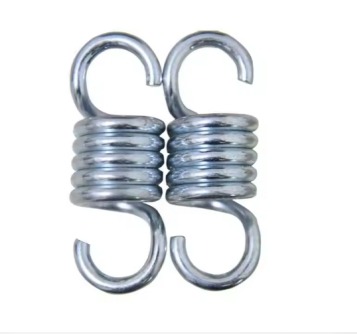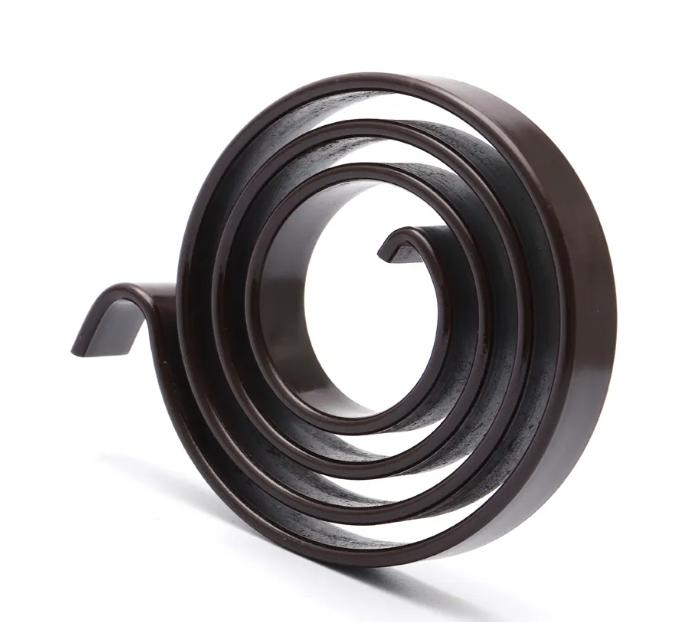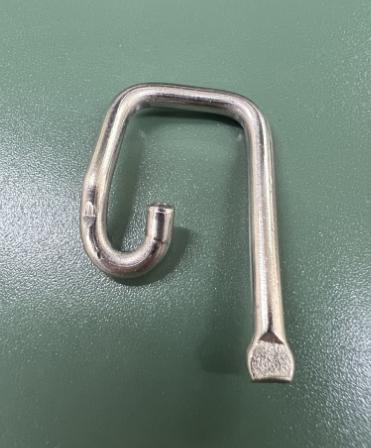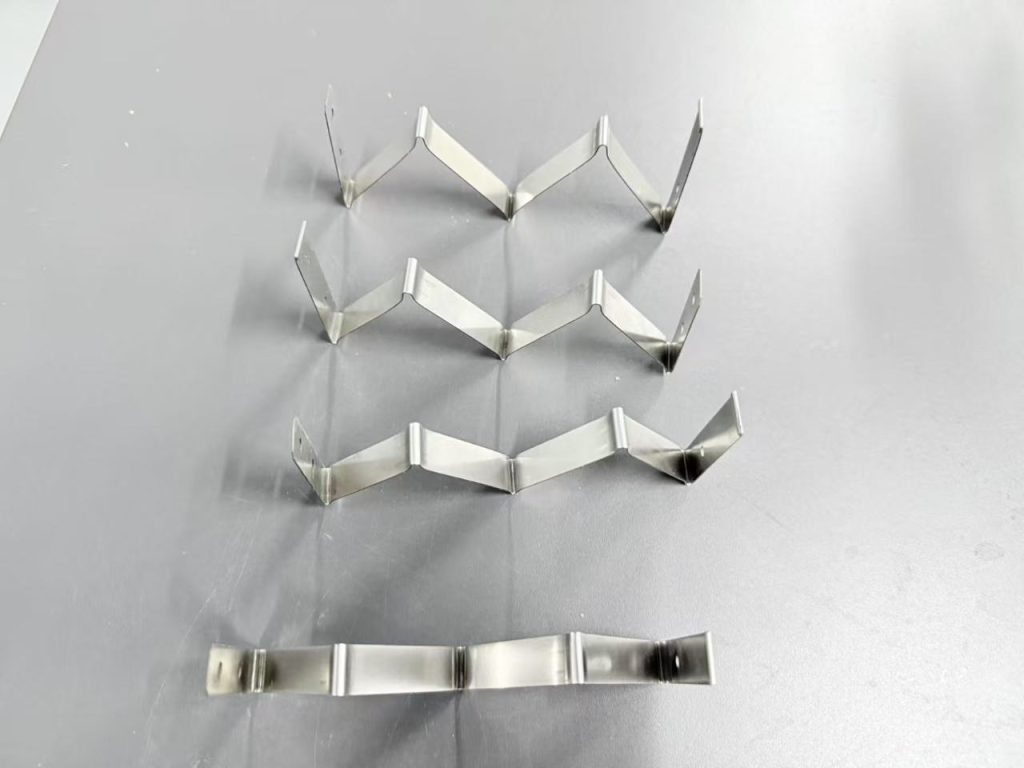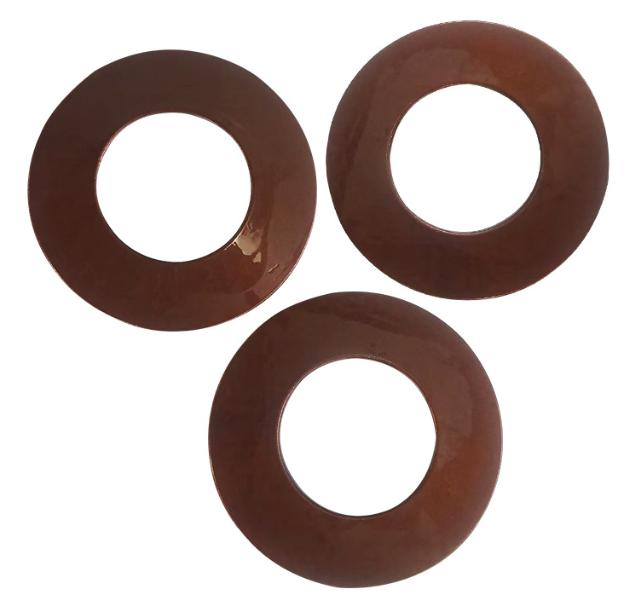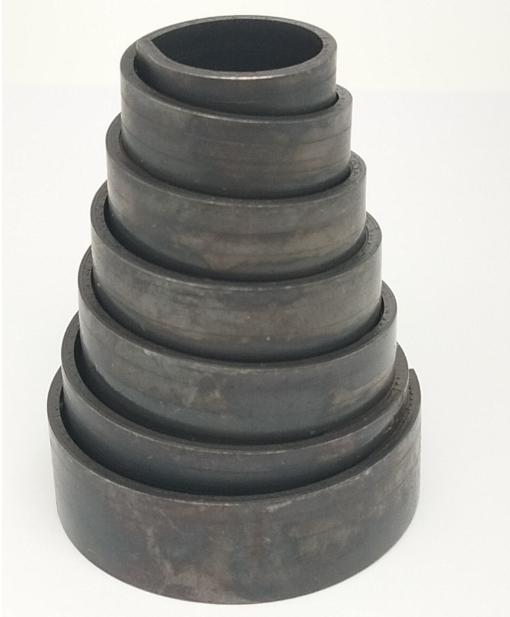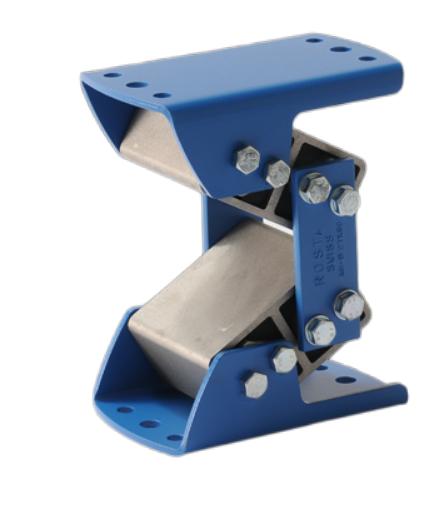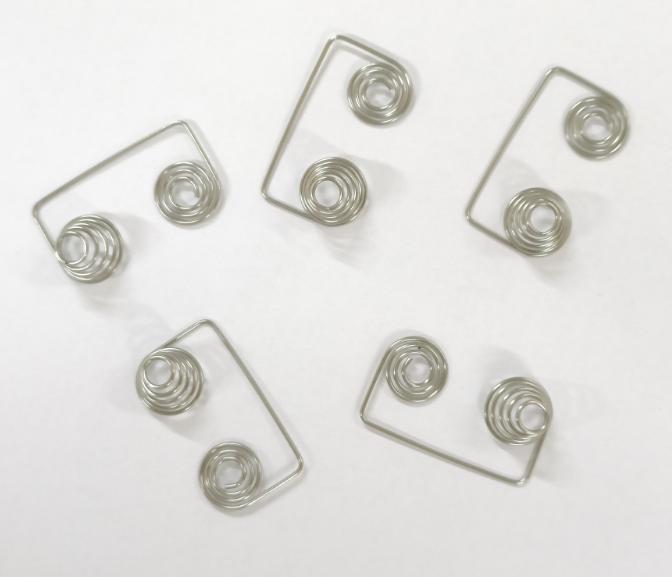A Comprehensive Guide to Know Springs: Different Types and Applications
Springs are one of the most ubiquitous mechanical components in our daily lives. They are often taken for granted, yet they play a crucial role in a wide range of applications. Springs are elastic objects that store mechanical energy when they are compressed, stretched, or twisted and release it when the force is removed. This article will explore the different types of springs and their diverse applications in various industries.
What are Springs?
At their core, springs are the flexible component that exhibits elasticity, allowing it to deform under the influence of an external force and return to its original shape when that force is removed. This unique property makes springs invaluable in numerous applications where controlled deformation and the release of stored energy are essential.

What are the Different Types of Springs?
Springs come in various shapes and sizes, each designed to fulfill specific functions. The most common types of springs include:
1. Helical Springs
Helical springs are perhaps the most recognizable type of spring. They are characterized by their coiled or spiral shape and are commonly used in compression, extension, and torsion applications. Helical springs can be further divided into:
- Compression Springs
Compression springs are designed to resist axial forces that compress the spring along its length. When a force is applied, they shorten and store energy, and when the force is removed, they return to their original length. These springs find applications in a wide range of products, including shock absorbers, spring mattresses, mechanical pencils, retractable pens, doorbells, and trampolines.
- Extension Springs
Extension springs are designed to stretch when subjected to axial loads. They store energy when extended and release it when the force is reduced. You can find extension springs in garage door openers, window balances, bungee cords, trampolines, and even bicycle seats.
- Torsion Springs
Torsion springs are designed to resist rotational forces or torque. When twisted, they store mechanical energy and release it when the torsional load is removed. Torsion springs are used in various applications, such as garage door openers, toy cars, watches, windshield wipers, and door latches.
2. Leaf Springs
Leaf springs consist of several layers of flexible material (usually metal) stacked on top of each other. They are often used in applications that require a combination of flexibility and strength. Leaf springs include:
- Elliptical Leaf Springs
Elliptical leaf springs are commonly found in automobiles and trucks. They provide suspension and support to the vehicle’s weight, ensuring a smooth and stable ride.
- Semi-Elliptical Leaf Springs
Semi-elliptical leaf springs are similar to elliptical leaf springs but are only partially elliptical in shape. They are used in various applications, including trailers and railroad cars.
3. Disc Springs
Disc springs, also known as Belleville washers, are conical or dish-shaped springs. They are designed to handle high loads while maintaining a small footprint. Disc springs find applications in heavy machinery, aerospace, medical devices, and the automotive industry.
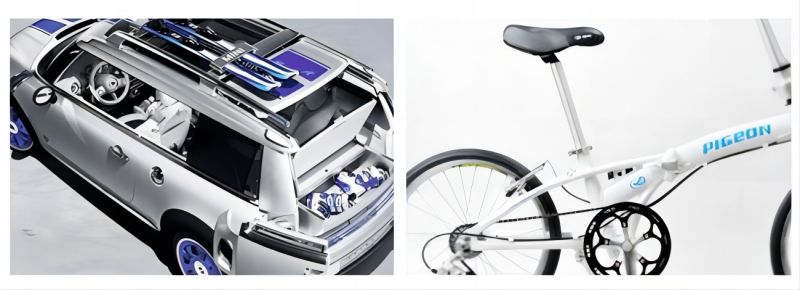
What are the Applications of Springs?
Springs play a vital role in a wide range of applications across different industries. Let’s explore some of the most common applications for each type of spring:
Compression Springs
- Shock Absorbers: In vehicles, compression springs are used in shock absorbers to dampen and absorb vibrations, ensuring a smoother ride.
- Spring Mattresses: These springs provide support and comfort in mattresses, enhancing sleep quality.
- Mechanical Pencils and Retractable Pens: Tiny compression springs in writing instruments help advance and retract the pen or pencil lead.
- Doorbells: The familiar “ding-dong” sound of a doorbell is often produced by a compression spring striking a chime.
- Trampolines: The springs in trampolines provide the bounce that makes them so enjoyable.
Extension Springs
- Garage Door Openers: Extension springs assist in lifting and lowering garage doors.
- Window Balances: These springs help in balancing the weight of windows, making them easy to open and close.
- Bungee Cords: The elasticity of extension springs is ideal for bungee cords, offering controlled stretching and rebounding.
- Trampolines: Similar to compression springs, extension springs are crucial for the bounce in trampolines.
- Bicycle Seats: Some bicycle seats use extension springs to provide a comfortable ride by absorbing shocks and vibrations.
Torsion Springs
- Garage Door Openers: Torsion springs provide the force needed to open and close garage doors smoothly.
- Toy Cars: Small torsion springs can be found in wind-up toy cars, storing energy to drive the toy forward.
- Watches: Many mechanical watches rely on tiny torsion springs to power their movements.
- Windshield Wipers: Torsion springs help keep windshield wipers in contact with the windshield, ensuring effective cleaning.
- Door Latches: Torsion springs assist in securing doors and preventing them from swinging open unintentionally.
Leaf Springs
- Automobiles: Leaf springs are integral components of vehicle suspension systems, providing support and stability.
- Trucks: Heavy-duty leaf springs are used in trucks to handle large loads and ensure a smooth ride.
- Trailers: Leaf springs help distribute weight evenly in trailers, improving towing stability.
- Railroad Cars: Leaf springs are used in the suspension of railroad cars to absorb shocks and vibrations.
Disc Springs
- Heavy Machinery: Disc springs are employed in heavy machinery to maintain proper bolt tension, preventing joint failure.
- Aerospace Applications: They are used in aircraft components for their ability to handle high loads in compact spaces.
- Medical Devices: Disc springs can be found in various medical equipment, ensuring precise movements and functionality.
- Automotive Applications: In the automotive industry, disc springs are used in clutch systems and engine components.
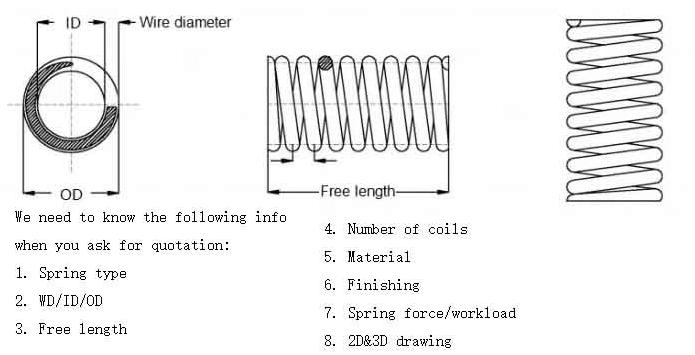
Conclusion
Springs are essential components in many different industries. They are used to absorb shock, provide support, and generate power. Springs can be found in everything from cars and computers to medical devices and toys.
Springs are a relatively simple device, but they play a vital role in our modern world. Without springs, many of the products and technologies that we rely on every day would not be possible.

